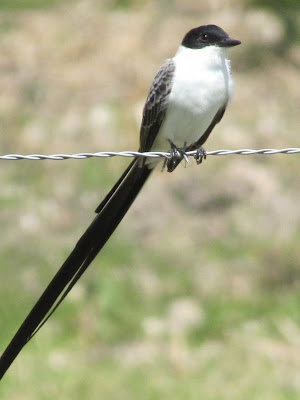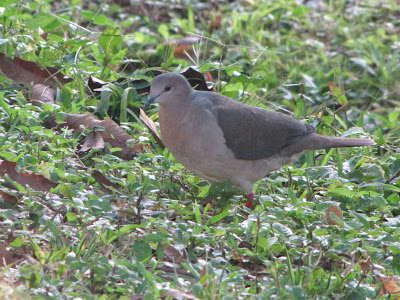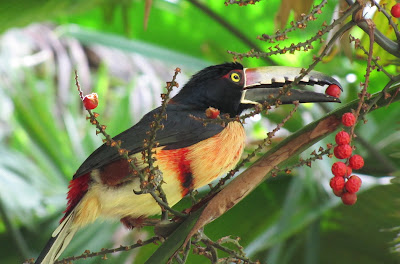 Scientific Name: Elanus leucurus
Scientific Name: Elanus leucurus
Population Estimate: 500K-5M
Range / Habitat: Found year-round on open grassland and pastures of California, Mexico, Central America and parts of South America.
Field Notes: Medium-sized hawk with white head, breast and tail with black shoulders, prominent when perched and in flight. Hovers over open land.
Personal Notes:







































